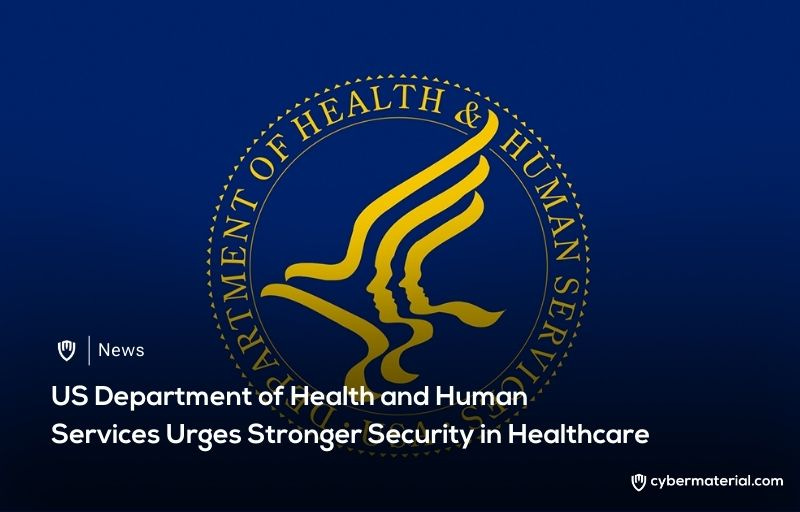
The U.S. Department of Health and Human Services (HHS) has issued a stern warning to the healthcare industry regarding the cybersecurity risks associated with Operational Technology (OT) and the Internet of Medical Things (IoMT). As hospitals and medical facilities increasingly rely on connected devices, many of which are integral to patient care and facility management, the risk of cyberattacks continues to grow. These devices, however, often suffer from outdated software, lack of adequate security protocols, and poor integration with existing IT systems, leaving them vulnerable to exploitation by malicious actors. The vulnerability of these devices poses significant risks, including data breaches, disruptions to critical operations, and the potential for compromising patient safety.
HHS has stressed the importance of securing OT and IoMT devices, which range from medical imaging systems and infusion pumps to wearable glucose monitors and pacemakers. These devices are essential for day-to-day healthcare operations but are often overlooked in terms of cybersecurity. Many older devices, in particular, have become major security risks due to unsupported legacy firmware, software, or hardware that cannot easily be patched or updated. The growing reliance on these outdated systems exposes healthcare organizations to severe security threats, making them attractive targets for hackers seeking to gain unauthorized access to sensitive data or disrupt healthcare services.
According to HHS, cyberattackers often exploit known vulnerabilities in OT and IoMT devices, taking advantage of hardcoded passwords, insecure network traffic, and the technological limitations of these devices that prevent the adoption of advanced security measures. The Food and Drug Administration (FDA) has been actively working to address security flaws in medical devices through updated guidelines. However, OT systems such as heating, ventilation, and air conditioning (HVAC) units, elevators, and other critical infrastructure remain largely unregulated in terms of cybersecurity, further increasing the risks to healthcare operations. These systems often operate in isolated environments, which can exacerbate the challenges of patching known vulnerabilities.
To mitigate these risks, HHS has recommended that healthcare organizations adopt a robust cybersecurity strategy focused on securing OT and IoMT devices. This strategy should include regular software and firmware updates, asset inventory management, network microsegmentation, and restricting remote access to critical systems. Additionally, organizations should work closely with third-party vendors to ensure the security of external devices connected to healthcare networks. As the threat landscape evolves, HHS emphasized the need for healthcare providers to remain vigilant and proactive, implementing best practices and risk management strategies to protect sensitive patient information and maintain operational continuity in the face of growing cyber threats.
Reference:
The post HHS Urges Stronger Security in Healthcare first appeared on CyberMaterial.


